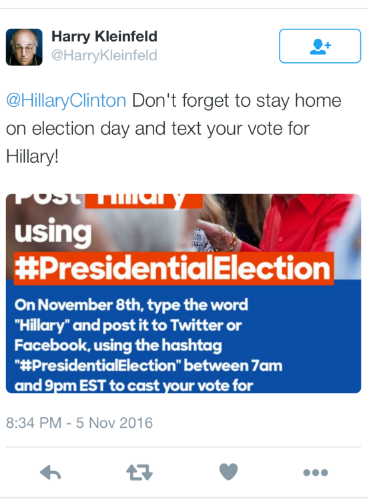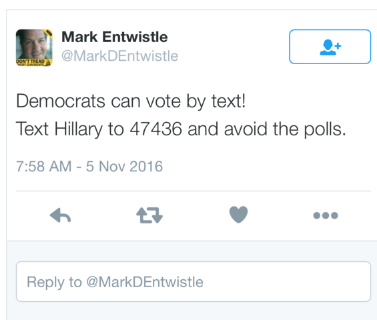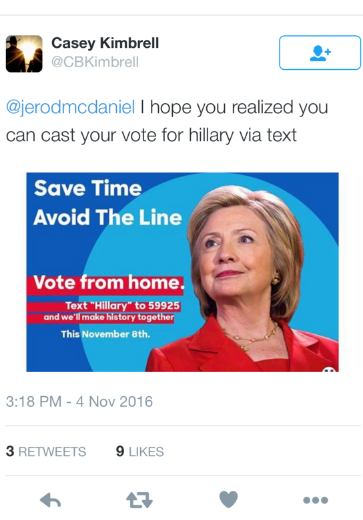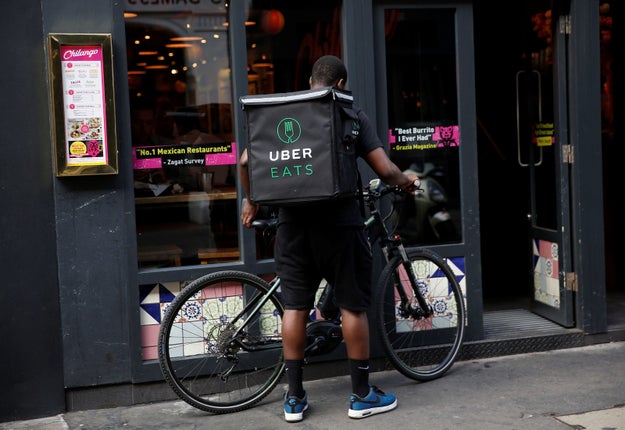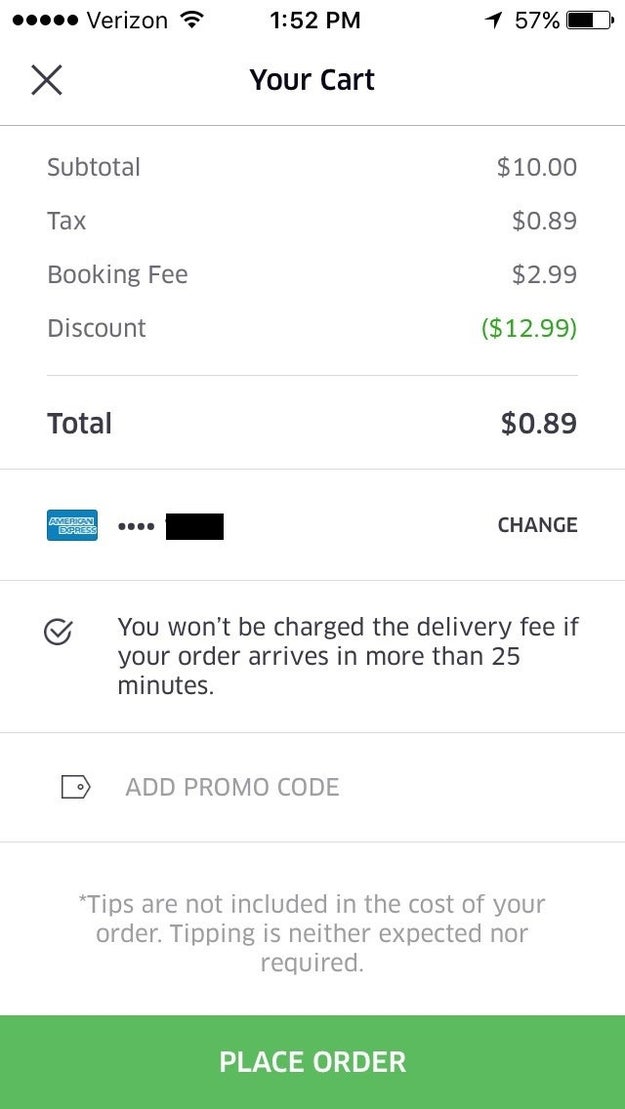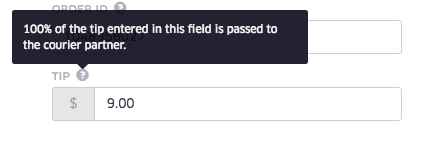Azure Container Registry preview
In today’s cloud-first world, applications are the vital ingredients that fuel innovation and productivity. Whether you are lifting and shifting apps to the cloud or building new cloud-native apps, containers are an attractive option to efficiently package software applications and deploy them as quickly as the business demands. Containers empower engineers to focus on innovation and new features rather than worry about how their code will be deployed. Containers also enable IT pros to easily adjust to seasonal demand fluctuations by easily enabling upward and downward scaling. In a nutshell, containers, and the ecosystem that is developing around them, will empower organizations to create the next generation of applications experiences and ship those innovations at the speed of business. A critical component of this container ecosystem is the container registry, which lets users store, manager and retrieve containers.
April 2016, Microsoft made Azure Container Service (ACS) generally available. June 2016 Microsoft announced container support for Azure Batch and Azure Service Fabric container support. Today, we are announcing major upgrades to Azure Container offerings, thereby making Azure the cloud with the broadest support for container deployments. This includes a preview of Azure Container Registry (ACR). ACR is a private registry for hosting container images. Using the Azure Container Registry, customers can store Docker-formatted images for all types of container deployments. Azure Container Registry integrates well with orchestrators hosted in Azure Container Service, including Docker Swarm, DC/OS and Kubernetes. Users can benefit from using familiar tooling capable of working with the open source Docker Registry v2.
Use cases for the Azure Container Registry include these:
Store and manage images for all types of container deployments
Docker is becoming the new binary format for deployments. Development and operations teams can manage the configuration of their app, isolated from the configuration of the hosting environment. Containers aren't just deployed to highly scalable orchestration systems like Mesosphere DC/OS, Docker Swarm and Kubernetes, but all types of deployments. Azure App Services, Azure Batch, Service Fabric and other services are coming online that support containers as their deployment model. Regardless of where you deploy containers, you&039;ll need a place to store and manage the images. Using the Azure Container Registry, you can store your images for all types of container deployments.
Automated Container Builds, Testing and Security Scanning
Using Visual Studio Team Services developers can automate the process for compiling their code, in containers, building Docker images and deploying them to the Azure Container Registry. With partners like TwistLock, you can rest assured that your image-building process will produce secure images as they get deployed to the Azure Container Registry, as well as protect your deployment environments like ACS by securing each node in the cluster.
Store your container image in local, network-close storage on Azure
The Azure Container Registry provides local, network-close storage of your container images. By instancing a registry in the same datacenter as your deployments, your network latency will be reduced, without incurring ingress/egress charges.
Use Common Command Line Interface (CLI) to interact with the registry
Benefit from using familiar and open source CLI tools like Docker login, push and pull. You don’t need to learn new APIs or commands to work with the registry. Users can benefit from using familiar tooling capable of working with the open source Docker Registry.
Use Azure Active Directory to manage access, including Service Principals for headless connections like automated CI/CD and vulnerability scanning
Rest assured your credentials are safely managed using Azure Active Directory. The Public Preview will support Azure Active Directory Service Principal-backed authentication for basic auth flows, including role-based access for read-only, write and owner permissions.
Manage Windows and Linux container images in a single registry
Azure container registry can manage both Windows and Linux images, giving you the flexibility to choose the platform and workloads to run within the containers.
These innovations demonstrate our continued investment in the container ecosystem and highlight our unique strategy of offering the only public cloud container orchestration service that offers a choice of open source orchestration technologies — DC/OS, Docker Swarm and Kubernetes. The support for Azure Container Registry amplifies our strategy to make it easier for organizations to adopt containers in the cloud.
Customers will be able to access the preview of Azure Container Registry on Nov. 16 — watch for more details at Microsoft Connect();!
Quelle: Azure










